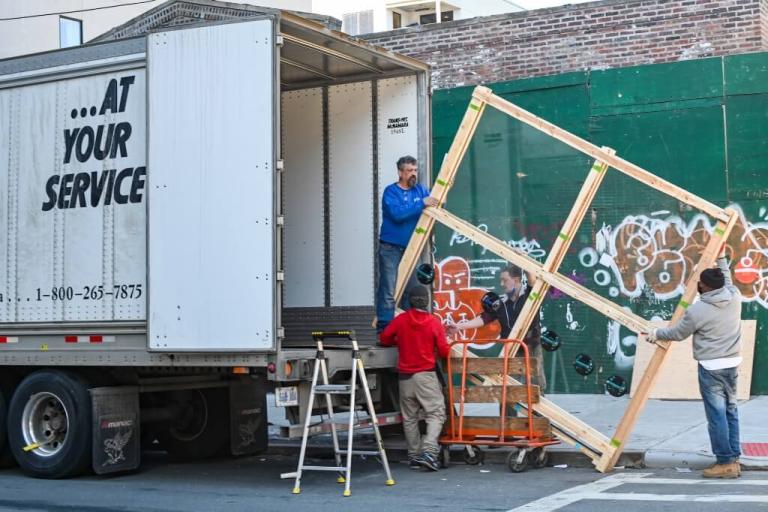Relocating to a new church building can be a stressful and uncertain time for parishioners, but you should consider it a great opportunity to expand the congregation and strengthen your faith.
Here are seven essential pointers to execute a successful church relocation so your parish emerges from the move stronger than ever.
1. Be Transparent With Parishioners
One of the hardest parts of a church relocation is getting the parishioners on board. After all, most of them joined the church because of its convenient location. They might not like the idea of attending services at a new building on unfamiliar ground. That’s why it’s critical that you stay transparent and relay the relocation plans to them in a timely manner.
Send emails, reach out over the phone, and make announcements after each service to ensure the entire congregation is on the same page. Ask for their input and encourage them to voice their support or concerns. They need to feel valued and heard if you want them to buy into the church’s new location.
You should also provide blueprints of the church’s design and frequent updates on the construction process. These are effective methods to stir up intrigue about the move and sway the more skeptical parishioners.
2. Gather Volunteers
Once the congregation has bought into the relocation idea, they will be eager to volunteer and claim a sense of ownership over their new place of worship. Gather as many volunteers as you can to help with fundraising, moving, and resettlement of the new building.
There also needs to be a direct line of communication between the volunteers and church leadership. If anyone is experienced with the logistics of relocation, encourage them to assume a leadership role and establish an official relocation committee. Having an organized body at the forefront of the volunteer efforts will motivate more people to join the cause.

3. Set a Moving Schedule
A relocation project has many independent parts, so you need to establish a comprehensive moving schedule early on. A day-by-day timeline will help you stay within your budget and avoid expensive logistical mistakes. However, you also need to set realistic goals within the timeline. Don’t overestimate how quickly you can pack the inventory and rearrange it at the new location.
The first step of your moving schedule should be to consider a moving trailer for the church’s inventory, reviewing your various options. You might also need to order special boxes or packaging paper to keep everything safe. Churches contain many fragile items, including books, furniture, musical instruments, and all kinds of glassware.
4. Organize Extra Funds
You can never have too much money to finance a relocation project. Having the coalition of volunteers play a bigger role in organizing funds is another great way to endear them to the new site. If they raise enough extra money through fundraising or crowdfunding efforts, they might be able to pay for a significant portion of the project.
5. Engage in Community Outreach
Relocating is a fantastic opportunity to grow the number of parishioners. Reach out to your new community and tell them about your church’s culture – the new building, the parishioners, the various services offered, upcoming events, and more. Do your outreach efforts on social media and in person to connect with as many eyes and ears as possible.
6. Offer Additional Services Before Relocating
Parishioners will start to feel more nostalgic as the relocation project draws to a close. Allow them to get the most out of their final weeks at the old church by offering additional services throughout the day. This gesture also makes for a fitting send-off, as every member of the congregation will get a chance to reminisce and pay their respects before moving to the new location.
7. Hold an Inaugural Service at the New Location
The inaugural service at your church’s new location should be a joyous and memorable occasion. However, if it falls during ordinary time on the liturgical calendar, it might not be as grandiose as the parishioners might have expected.
You can make the new location’s introduction more exciting by hosting an outdoor event on the new grounds after services. The volunteers can get their due recognition and the whole congregation can get together and celebrate the successful transition. A post-services event will also grab the attention of community members nearby.
Remember: Church Is About the People
Relocation might be in your church’s best interest, but the people inside the church ultimately determine its success. That’s why it’s so critical to get them involved in the relocation process, from start to finish. Few things in the Christian faith are more powerful than a united and motivated congregation.












